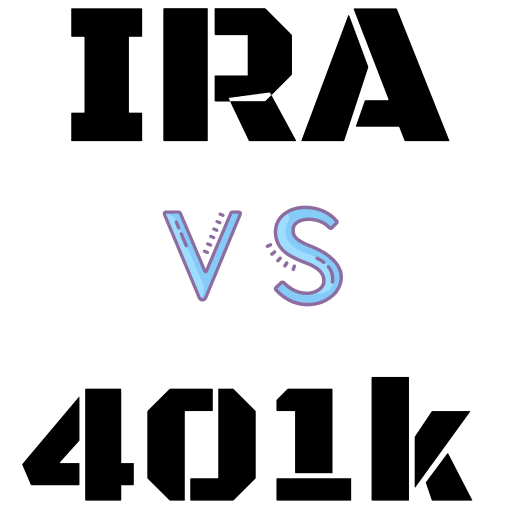
So many Americans are pushed into 529 plans and told it’s the only way to save for college. 529s are touted as tax-advantaged because the contributions to the plans are invested and grow in the accounts tax-free. If withdrawals are used for approved education costs, there aren’t any taxes on the gains, as there would be with a mutual fund or brokerage account. But studies show only a small percentage of those using 529s actually benefit tax-wise. Worse, many are steered into high-fee plans that eat away at returns. Most middle-class families would actually be better off without them.
Like me. I should have taken the $1,000 my father gave his baby grandson in 1990 to pay down debt or invest in a long-term, low-fee stock fund instead of a 529. The fees associated with his 529 plan reduced its value by about 20% over 17 years. Because we were in a fairly low middle-class tax bracket, we wouldn’t have owed taxes on gains in a mutual fund. (Only if you’re over a certain income and in a higher tax bracket are you subject to long-term capital gain taxes). Also, it turned out we didn’t need to save so much — he won merit fellowships and tuition offsets.
In 2021, the income cutoff for owing taxes on assets like stocks or bonds that go up in value and are held for a long time is $80,800 for a married couple filing jointly. For those earning between $80,801 and $501,600, the rate is still pretty low at 15%. Which all means that the vast majority of families with incomes in that range need to really ask themselves if a 529 makes sense.
In addition to income, parents should consider where they live before investing in a 529. Each state has its own rules and 529 offerings, and you can invest in any state plan, not just yours. Those who live in states with zero or low taxes on income are likely to benefit even more from using a taxable account because the income tax savings from a 529 are smaller.
The bottom line is that many factors such as your state’s income tax rate, income exclusions, special capital gains treatments, the length of time before college, and whether the contributions are made in a lump sum or not determines whether 529s are better than regular taxable accounts.
Beyond the tax picture, there are other reasons why parents should pause before contributing to a 529 plan.
First, 529 plans are complicated, often overpriced and the quality varies. Some state plans offer only high-cost funds or have a limited selection of offerings. There are lists of the worst 529 plans. For example, Nevada and South Dakota’s fees can be more than $1200 per year. Not surprisingly, research consistently shows that the performance of a low-cost 529 plan is superior to a high-fee one.
Beware that you might trigger a penalty by not following the strict 529 rules that say money in the fund has to be used for qualified educational expenses, such as books, tuition, fees, room and board. If you get it wrong, you’ll owe tax penalties. Keep in mind, the rules have relaxed a bit, and the 2017 Republican tax law expanded 529 savings so some money can also be used for private K-12 school.
Also, 529s are factored into federal aid, which makes figuring out college financing even more difficult.
Finally, 529 plans can generate conflicts of interest. University of Virginia law professor Quinn Curtis argues that since states reap revenue from 529 plan fees to support activities that don’t necessarily help students, state administrators may not have incentives to lower costs. For example, Arizona’s 529 plan received a negative rating from fund analyst Morningstar in 2017 because the fees charged by the plan were used to feed an Arizona state trust fund, but it’s unclear what the trust fund was used for. There are similar concerns for eight other states in 2020.
So don’t discount a regular taxable account, which will give you investment choices, no restrictions in terms of how you can use the money and the chance to get the best fee- and risk-adjusted rates of return.
Some financial advisers suggest using a retirement account called a Roth IRA to fund college savings, but there are caveats. In a Roth IRA, the money grows tax-free, like with a 529. If you are under 59 ½, you can withdraw any contributions tax-free, but you must be over that age to withdraw the earnings tax-free.
Also, think about your mortgage. If you’re in a position to pay it off, do so — the money you would have paid in mortgage interest can go to your kid, not the bank . But keep in mind you should make sure you’ve saved enough for retirement first. One of the best pieces of advice is that if you want to help your kids, fund your retirement first.
There’s another option for people with high incomes who are having second thoughts about 529s. A custodial account called the “uniform gift to minors act” (UGMA) transfers assets to minor children, which are taxed at a much lower rate than the parent’s. The hitch is that typically the child at age 18 owns the account, not the adult, and they count against financial aid more than 529s.
One last thought is to think about managing college costs from the outset. Spending one or two years at community college first and then fewer years at an expensive four-year school may be the best deal of all for potential college-goers and their parents.
This column does not necessarily reflect the opinion of the editorial board or Bloomberg LP and its owners.
To contact the editor responsible for this story:
Alexis Leondis at aleondis@bloomberg.net
